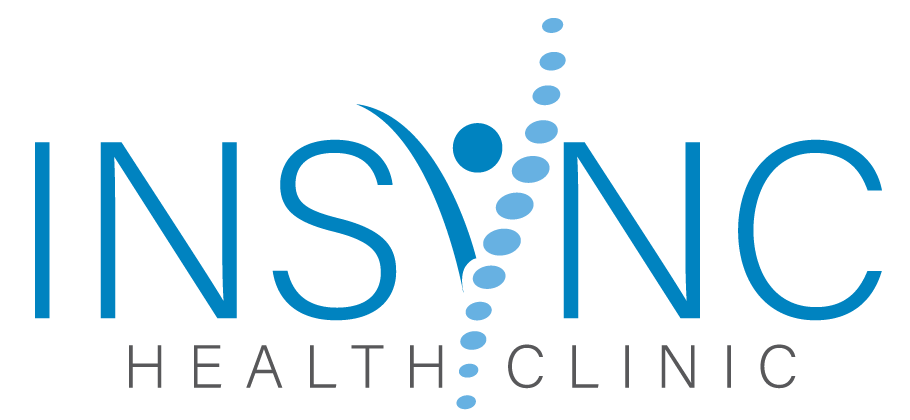Everyone has heard of the great Gluteals, but did you know that the gluteal maximus is the largest and strongest muscle in your body? You have three gluteal muscles in your buttock. These are the Gluteal Maximus, Gluteal Medius, and Gluteal Minimus. However, besides a clear aesthetic appeal which has infatuated Men and Women for years, a greater question remains. Why are the Glutes important?
The simplest answer, neglected Glutes can lead to biomechanical impairments (how you move your body). If you had back, knee, hip or feet pain, first diagnosis would be weak Glutes! Your hamstrings might start to take over and over activate which causes hamstring cramps and strains (Wagner et al. in 2010). Your ITB (iliotibial band) can also compensate for your glute weakness, causing ITB tightness, based on a pelvic stability study by Grimaldi in 2009.
If your glutes are strong, you will have ample stability in the way you use your legs for everyday activities. This is because the Glutes are the main anti-gravity muscle responsible for walking, walking stairs, jumping and other weight-bearing activities.
Glutes exercises should be the foundation of all lower limb and lower back rehabilitation Think of the glutes as your second core muscles (apart from your abdominal core). It is essential to analyse how your glutes are working, or how they are not.
Here’s how the glutes work:
- The glutes are the external rotators of your hip. It just means that when you try to climb up or down the stairs, the glutes will prevent your knee from collapsing inwards (the video below will help you picture this).
- Through achieving this, you will automatically avoid sticking your bum out too much, promoting good pelvis and lower back position. That is how lower back pain and hip pain can be avoided.
- Even better, well-trained glutes will improve your balance so you can be steady on your feet, preventing unnecessary foot pain.
Beginner’s gluteal exercise
Advanced gluteal exercise
Intermediate gluteal exercise
Irrelevant of your daily activities, you can never forget about your backside! Have a go at squatting in front of a mirror. If you find it difficult to correct your form or if you have issues with your lower back, hip, hamstring, knee or feet then be sure to contact the team at Insync Physiotherapy for an assessment.
For some additional research, click play on the videos above and learn about the best glutes workout that you can do from the comfort of your home. You will also benefit from our Clinical Exercise and Pilates Class in our clinic where we can go through a variety of Glutes exercises to get that bum burning!
To further help improve your technique be sure to schedule an appointment with our team of Physiotherapists today and together we can work to get you training at your best. You can contact our practice on (02) 7226 3432 or book an appointment online.
Thanks for reading,
Insync Physiotherapy Team
References.
- Grimaldi, A. (2011). Assessing lateral stability of the hip and pelvis. Manual Therapy, 16(1), 26–32. https://doi.org/10.1016/j.math.2010.08.005
- Wagner, T. et al (2010). Strengthening and neuromuscular reeducation of the gluteus maximus in a triathlete with exercise-associated cramping of the hamstrings. Journal of Orthopaedic and Sports Physical Therapy, 40(2), 112-9. doi: 10.2519/jospt.2010.3110
